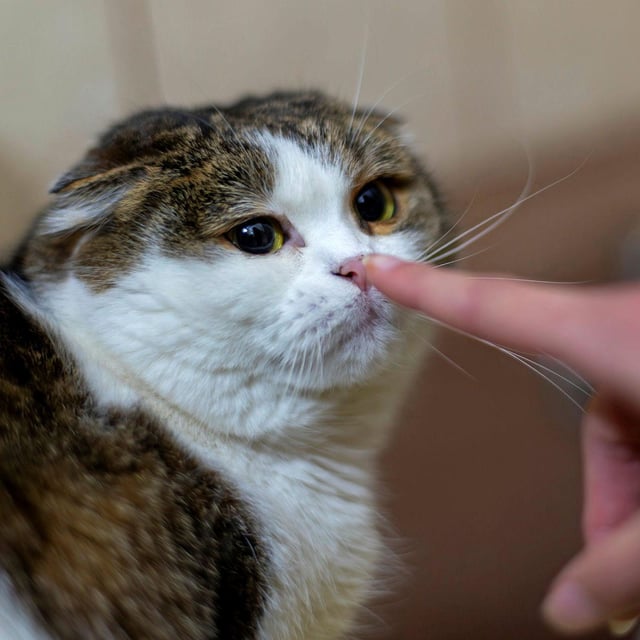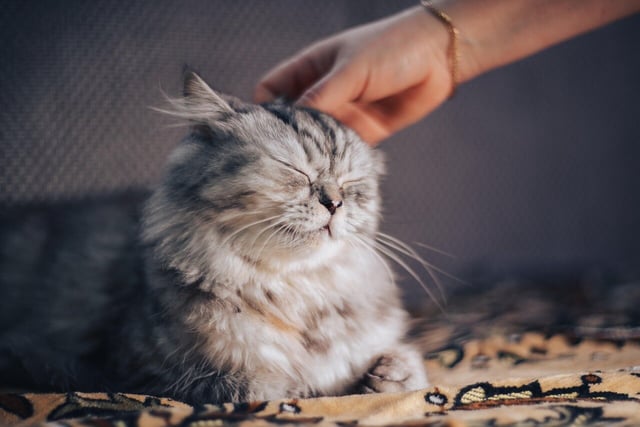Overview
- In tests with 30 domestic cats, Tokyo University of Agriculture researchers presented plastic tubes containing owner and stranger scent swabs from armpits, ears and paws.
- Cats spent more time investigating unfamiliar odors and shifted from right to left nostril use as scents became familiar, demonstrating lateralized olfactory processing.
- Male cats rated as neurotic on the Feline Five scale engaged in repetitive sniffing while more agreeable males assessed scents with a single pass.
- Many subjects rubbed their faces against the tubes after sniffing, suggesting that exploratory olfactory behavior precedes scent-marking.
- The study paves the way for investigations into the neural mechanisms behind olfactory lateralization and sensory integration in domestic cats.



